Future of Regional Transit Needs Outlined in State of System Report
/The formation of the Regional Transit Authority for the counties of Wayne, Oakland, Macomb and Washtenaw was done by a legislative act, Public Act 387 of 2012. A ten member board, which are appointed for three year terms, will help govern this group. The RTA envisions a region with sufficient and secure funding to support enhanced public transportation options that will ensure accessibility, satisfy the integrated mobility needs of the community, and promote livable, healthy, and sustainable growth.
The RTA is focused on:
Coordinating - Public transportation in the four-county region, including the City of Detroit
Delivering - rapid transit in the region
Funding - Being the entity where all transit providers must apply for state and federal funds
Developing - Regional Master Transit Plan to guide present and future service
Southeast Michigan spends only $67 on transit per capita, the eight peer regions sutides spend an average of $231 per capita on transit.
State of the System
In the fall of 2015 the state of the system report was released, view here, which is the guidance document for building the regional transit vision for all of Southeast Michigan. Eight conclusions were revealed:
Transit service is limited
Many areas are underserved by transit or not served at all
Transit services are not aligned with regional travel patterns
Transit service is not reliable enough to be convenient
Regional transit is not well coordinated
No premium transit service offered
Transit funding is insufficient and much lower than peers
Paratransit services are not well coordinated.
What’s Next
In the beginning of April, the RTA released their recommendations for rapid transit on Gratiot, Michigan, and Woodward Avenues, which called for bus rapid transit (BRT) on all three corridors and commuter rail for the Michigan Avenue corridor. More on these recommendations can be found at www.rtamichigan.org/brtexperience
The RTA will be releasing a draft of a regional master plan this coming May that will detail how existing service can be coordinated and outline new regional service that will be implemented to connect the four-county region. The master plan will address the challenges that the regional currently faces which are lack of coordination and connectivity due to chronic underfunding or each individual transit provider. Creating a regional network will connect people with jobs, healthcare, and promote general mobility between the counties.
To learn more about the RTA and what they are working on http://www.rtamichigan.org/

















